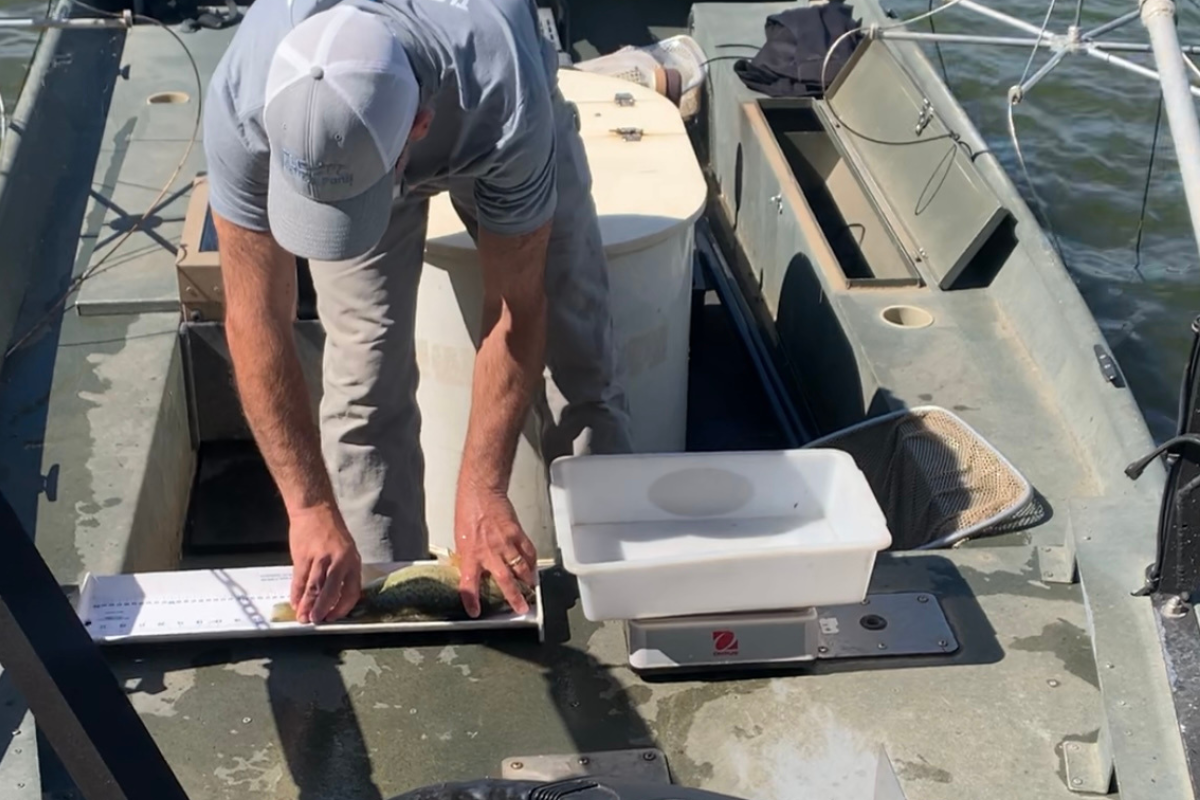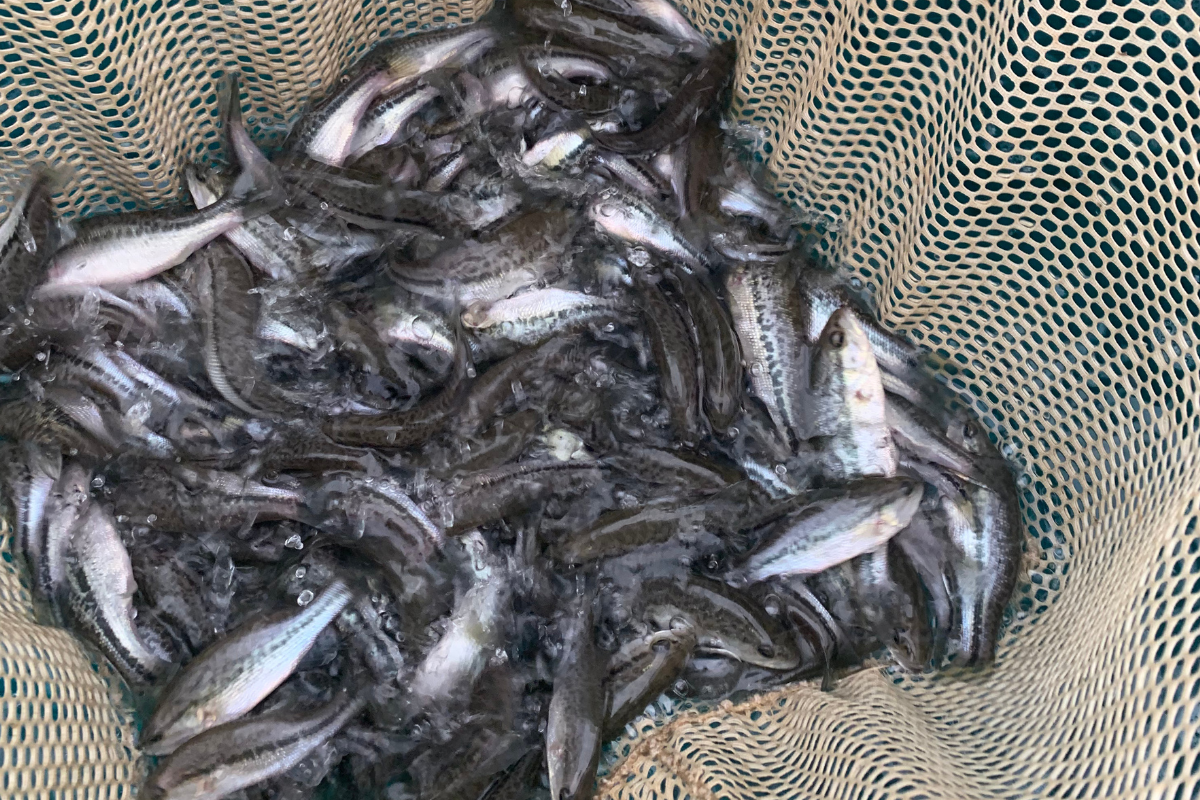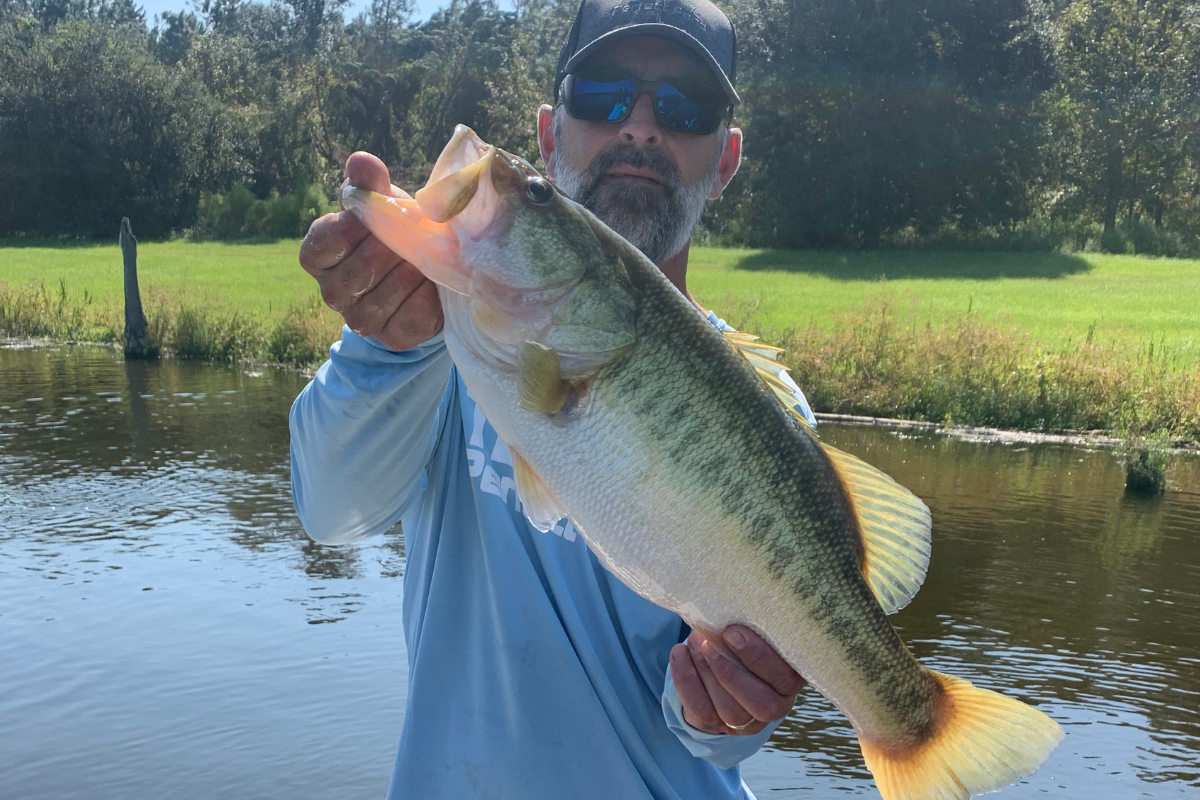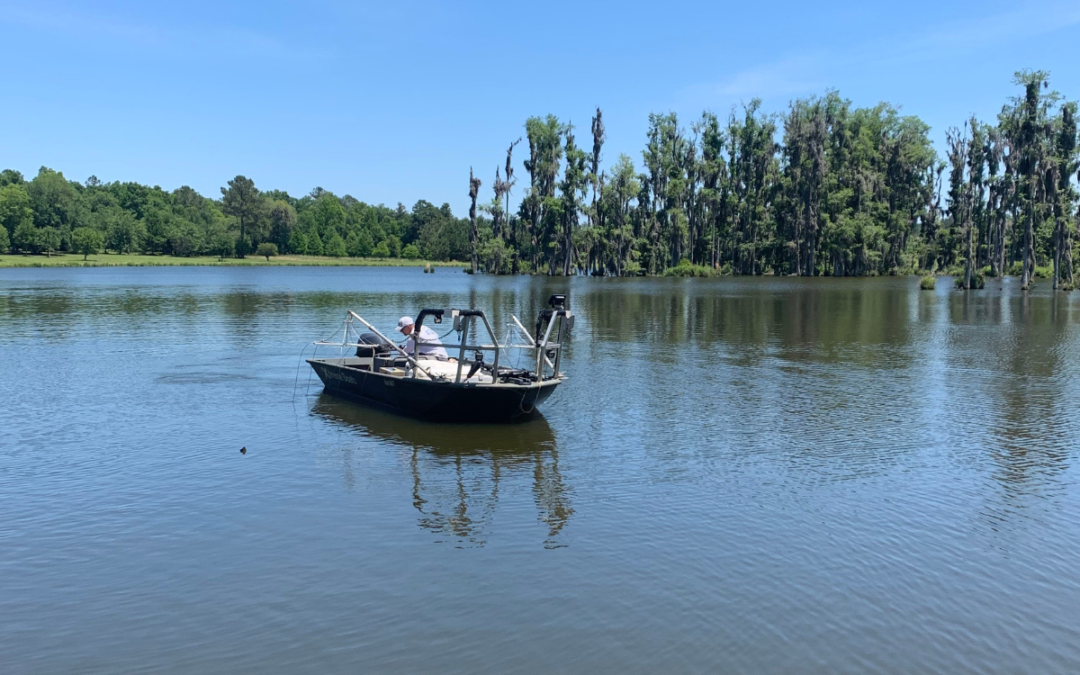One of the most powerful tools in pond management today is electrofishing, which offers a non-lethal method of surveying fish populations. Before you invest in stocking fish, an electrofishing survey can provide you with valuable insights that will help you make informed decisions on the types, sizes, and densities of fish to stock.
Understanding Electrofishing and Its Benefits
Electrofishing uses a specialized device that sends a mild electric current into the water, temporarily stunning fish within a certain radius. Fish affected by the current can be collected and measured without harm before being released back into the water. This method offers a reliable, accurate, and relatively fast way to collect data on the fish population in your pond or lake.
Electrofishing surveys allow pond owners to assess the current health of their fishery, particularly in terms of the balance between predator and prey species. By identifying any imbalances or deficiencies, you can avoid over- or under-stocking and set up your pond for sustainable fish health and growth. Here’s what an electrofishing survey reveals and how you can use this information to make informed stocking decisions.

Key Data Collected in an Electrofishing Survey
-
Species Composition
- A fundamental part of any electrofishing survey is identifying the species present in your pond or lake. Bluegill and largemouth bass are common in recreational ponds, but other species may also inhabit the water, such as crappie or catfish.
- Knowing the species present helps determine whether they’re compatible with your stocking goals. For example, if you find an abundance of crappie, you might consider managing their population to prevent competition with your desired species, like bass or bluegill.
-
Relative Abundance
- During the survey, the number of each species is recorded to calculate their relative abundance in the pond. Relative abundance data provides insights into the population structure of both predator and prey fish.
- For instance, if bluegill numbers are low relative to largemouth bass, you may have an overabundance of predators, which can lead to stunted bass growth due to a lack of adequate prey. Conversely, too many bluegill and not enough bass can result in an overpopulation of small, stunted bluegill, making it challenging for them to reach a desirable size.
-
Size and Age Distribution
- Electrofishing surveys also involve measuring fish to understand the size distribution within each species. For example, a well-balanced population of largemouth bass typically includes a mix of juvenile, intermediate, and adult fish.
- A lack of young bass could indicate poor recruitment, meaning few young fish are surviving to adulthood. If you find that most bass are either very small or very large, this could suggest a population imbalance that might require stocking adjustments or adjustments to the catch-and-release practices.
-
Body Condition (Relative Weight)
- The condition or “relative weight” of fish is another essential metric. This measurement compares the actual weight of a fish to the ideal weight for its length.
- Healthy bass should have a body condition score close to or above 100%. Low body condition scores suggest that food sources are scarce, possibly due to a lack of prey fish, such as bluegill. By understanding body condition, you can gauge the overall health and availability of food within the pond.

Using Electrofishing Survey Data to Make Stocking Decisions
Once the electrofishing survey is complete, you’ll have a clear picture of the pond’s current fish population and how well it aligns with your goals for the fishery. Here’s how the survey data can inform stocking decisions, particularly for bluegill and largemouth bass.
-
Determining Stocking Density for Bluegill and Bass
- For a balanced pond ecosystem, you need an appropriate ratio of bluegill (prey) to largemouth bass (predator). Generally, experts recommend an initial stocking ratio of 10:1 bluegill to bass, though this can vary based on specific goals.
- If the survey reveals a lack of bluegill, you might increase their stocking density to ensure enough forage for bass. However, if the bass population is low or stunted, stocking fewer bluegill and adding juvenile bass may help achieve a balanced ecosystem where both species thrive.
-
Adjusting for Growth and Predator-Prey Balance
- If bass body condition is low and size distribution skewed, it may indicate that the current bluegill population isn’t adequate to support optimal bass growth. Adding more bluegill of various sizes can provide immediate prey for bass, helping them reach healthy weights and sizes.
- Conversely, if bluegill are stunted and overcrowded, stocking additional bass or even removing some bluegill could help balance the predator-prey relationship, promoting better bluegill growth and helping control overpopulation.
-
Setting Up a Sustainable Management Plan
- A well-conducted electrofishing survey allows you to develop a stocking plan that supports long-term sustainability. Based on species composition, relative abundance, and fish condition, you can set realistic goals for fish growth and harvest rates.
- By consistently monitoring your pond with follow-up surveys, you can keep tabs on population changes, making adjustments to stocking density as needed to maintain a balanced and productive fishery.

A Healthier Fishery Starts with an Electrofishing Survey
Stocking a pond without understanding the existing fish population can be risky and often leads to wasted time and resources. An electrofishing survey provides the crucial data needed to make informed decisions on stocking bluegill and largemouth bass in balanced ratios that support both species’ health and growth. Additionally, this information guides ongoing management practices, allowing you to build a sustainable fishery where fish thrive, and anglers can enjoy quality catches year after year.
Electrofishing might seem like an extra step, but it’s worth it for anyone serious about their pond or lake. The result is a well-balanced, thriving ecosystem that enhances the health, growth, and enjoyment of your fishery. So, before you stock, get a survey—you’ll thank yourself (and so will your fish) in the years to come.
Let Us Help with Your Pond!
If you’re in the south GA or north FL region and would like an electrofishing survey performed on your pond or lake, complete this form and we’ll contact you to schedule a time to meet.

